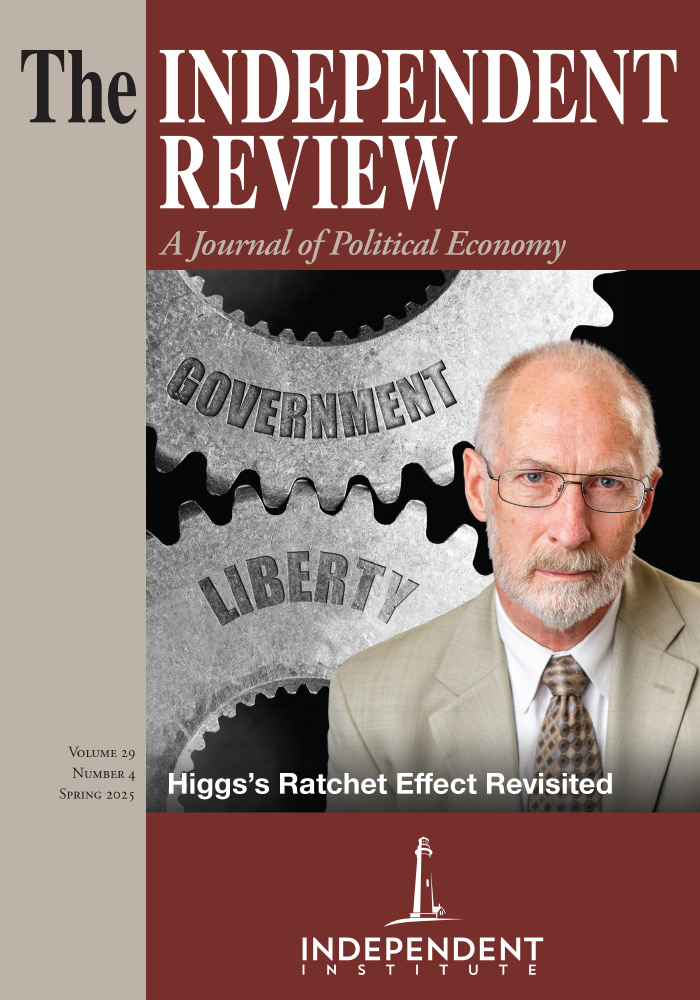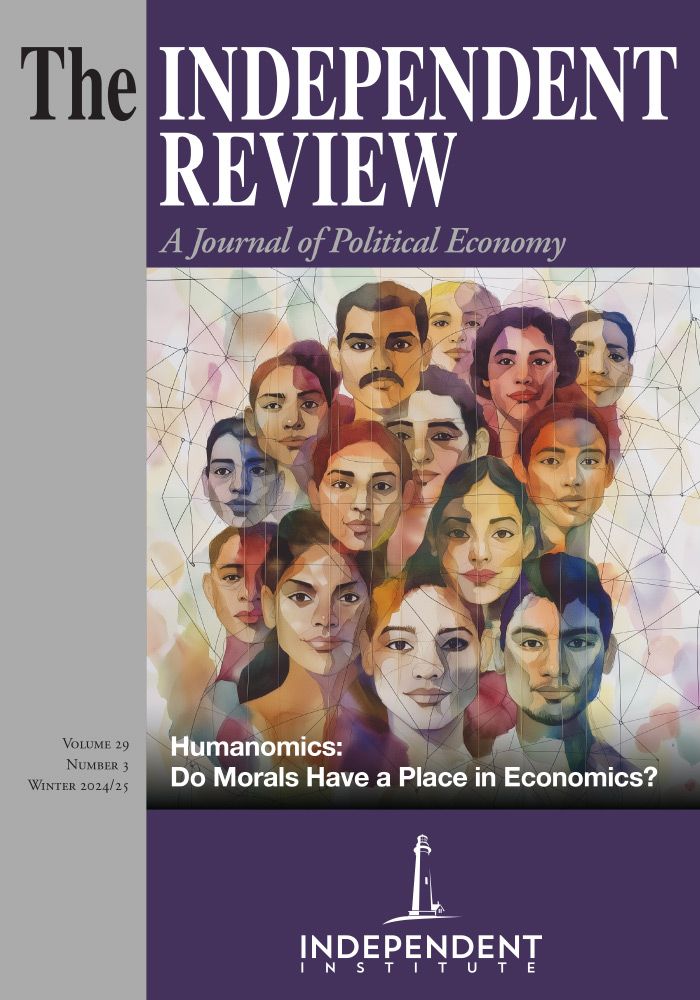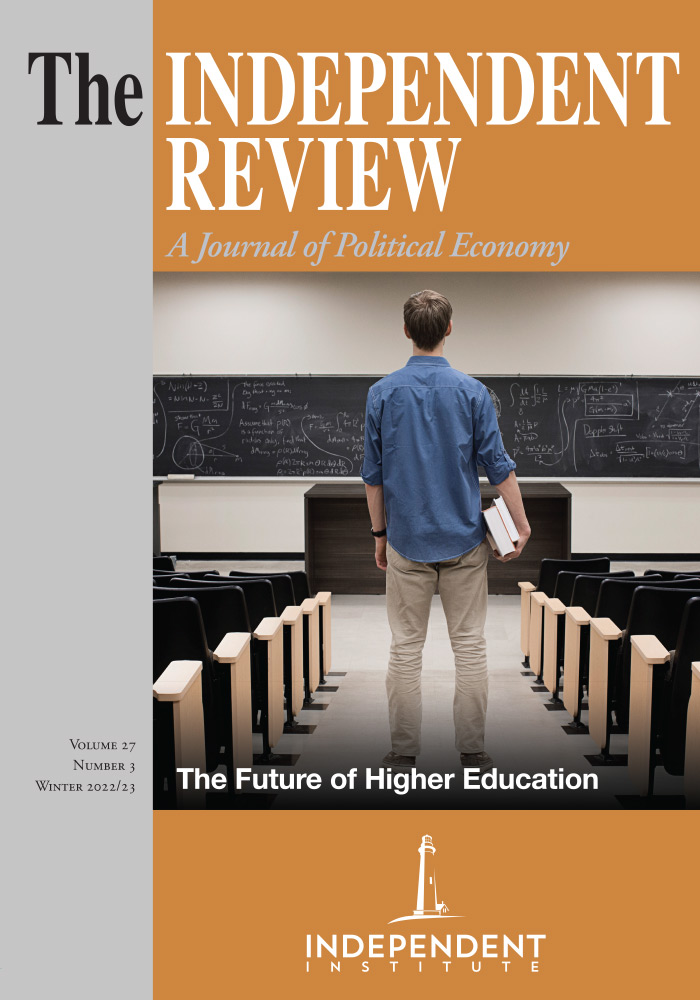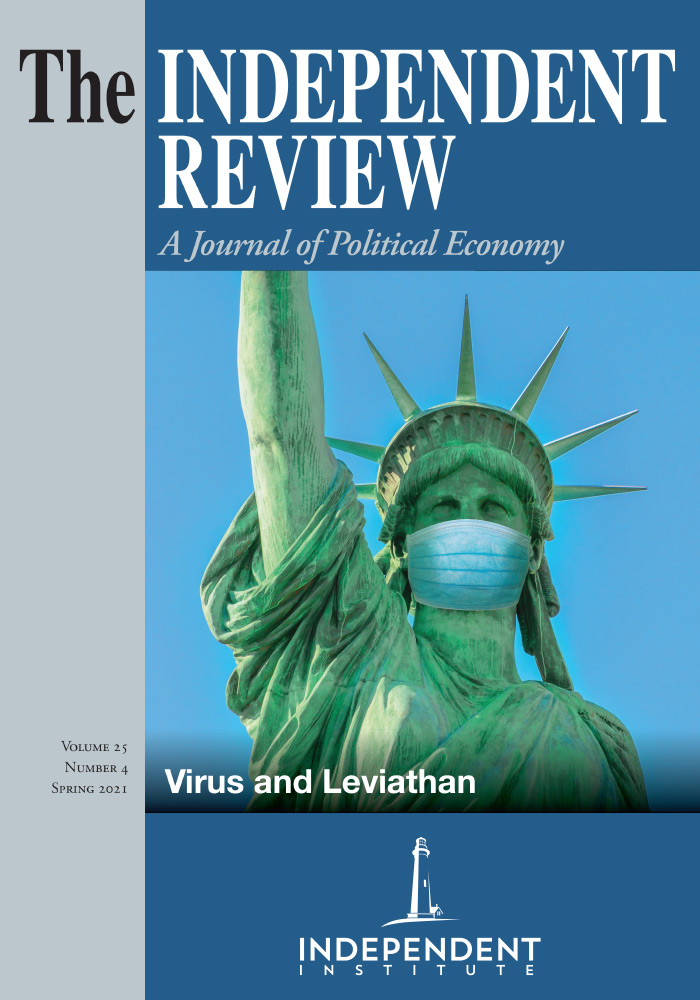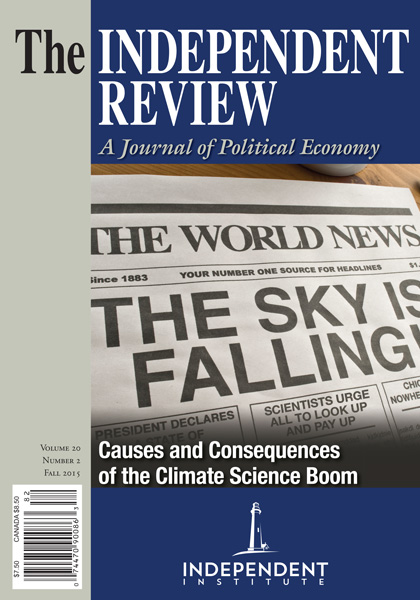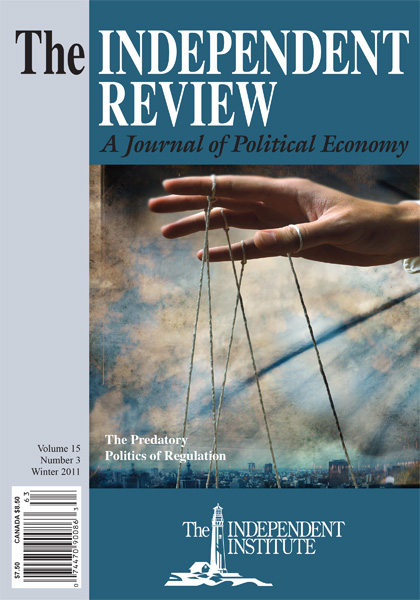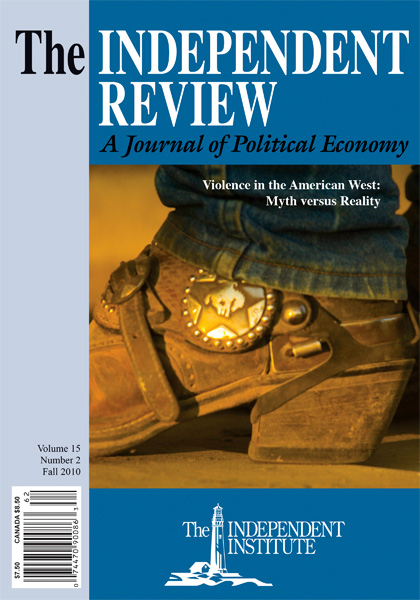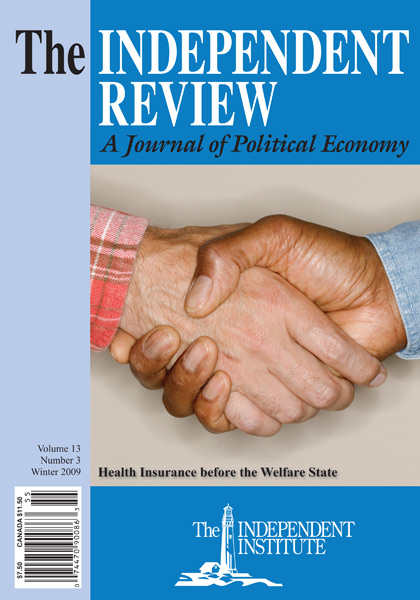The Justice Department should learn the ignoble history of antitrust law enforcement to avoid repeating its past mistakes. Apple is hardly a true monopoly and faces considerable competition—including from its previously sold products.
Article
The Department of Justice’s March 21 antitrust lawsuit against Apple has drawn praise (Feiner 2024) and sharp criticism (Abbott 2024; Rinehart 2024).[1] One of us (Shughart 2024) blasted the action by pointing out that the relevant product market defined in the DOJ’s complaint is overly narrow, comprising “smartphones” or, perhaps, only “performance [high-end] smartphones.”
Antitrust scholars and jurists have long understood that the definition of the antitrust-relevant “market” is crucial to a case’s final disposition. The Justice Department’s lawyers clearly grasp that working rule. Accordingly, they have defined the smartphone market by one device’s sales revenues as a percentage of total industry revenues. The DOJ declared Apple a “monopolist” because the iPhone’s share of U.S. smartphone sales has been 65 percent or more in recent years.
Apple’s competitors—the two largest of which are Google and South Korea’s Samsung Group—have accounted for as much as 35 percent of the market, as the DOJ defines it. With such a large competitive “fringe,” Apple is hardly a true monopoly, which economics and antitrust textbooks define as a company that is the sole supplier of a product that (in consumers’ eyes) has no good substitutes.
“Market power”—a much more descriptive term than “monopoly”—is at the heart of the DOJ’s case against Apple. A company enjoying such power can raise the price of its product above production costs without losing so many sales that the price increase is unprofitable. The DOJ supports claims of Apple’s market power by arguing that Apple raises in various ways customers’ costs of switching to other smartphones. One such strategy is enticing customers into its cross-platform “ecosystem” (spanning smartphones, laptops, tablets, and smartwatches), meaning that iPhone users would be harmed by shifting to Google or Samsung and losing access to Apple’s App Store. According to the DOJ, such switching costs allow Apple to “exploit” consumers by charging higher-than-competitive prices.
In defining Apple’s market, the DOJ plays semantic games and overlooks relevant market segments. First, the market excludes cheap smartphones with limited features and low-end flip phones that can transmit voice and text messages only— distant competitors of Apple’s iPhone, but competitors nonetheless. The DOJ then calculates “market share” as Apple’s percentage of total market “revenues.” Given that Apple’s smartphone prices generally exceed those of other sellers, the DOJ exaggerates Apple’s market position.
The DOJ’s antitrust-relevant market also ignores the reality that Apple competes with itself and can’t avoid doing so. Smartphones are durable, which means that current owners have the option of keeping their phones at a $0.00 price, thereby avoiding paying to upgrade their devices. To entice iPhone users to switch to new models, Apple must add value over previous versions and constrain its price hikes. Both of us own iPhones that are several generations old.
The DOJ has missed that point: Market power is limited not just by existing competitors and potential new entrants, but also by previously sold (durable) products. The DOJ made the same market-share miscalculation almost eighty years ago in its antitrust case against the Aluminum Company of America (Alcoa).[2] In that lawsuit, the government accused Alcoa of monopolizing the market for “virgin” (or raw) aluminum ingots, a dominance originally based on patents for extracting alumina from bauxite ore. Although those patents had expired in 1909, the company maintained a sizable market share for decades by securing access to bauxite deposits, which kept it on the market’s commanding heights until the government sold off publicly owned aluminum plants in the late 1940s. Nevertheless, had the DOJ recognized competition from previously sold (and recyclable) aluminum products, Alcoa’s market share would have been reduced from 90 percent to 30 percent, as explained by Peter Swan (1980).
In 1998, the DOJ sued Microsoft for violating antitrust laws because Microsoft integrated its web browser into Windows, which supposedly then ran on “90 percent” of Intel-compatible personal computers. But, again, Microsoft was its own most effective competitor. At the time, only 15 percent of Microsoft’s customers had upgraded to the most recent version of its OS (Windows 95).
Political influence has without doubt infected the DOJ’s case against Apple. Apple’s rivals have strong economic interests in throttling Apple’s competitiveness. In the mid-1990s, a coalition called NOISE (for Netscape, Oracle, Intel, Sun Microsystems, and “Everyone Else”) pressed the DOJ to challenge Microsoft’s extension of its “monopoly” by integrating a “free” browser into Windows. Ironically, the DOJ excluded Apple from the definition of Microsoft’s market (McKenzie and Shughart 1998).
Apple is certainly a major and profitable player in smartphones, but it’s not a monopolist by any conventional definition. Nor was Microsoft in 1998. But that doesn’t stop interested parties from strategically exploiting the antitrust laws to undermine competitive market processes (Baumol and Ordover 1985). Many Apple buyers eagerly join Apple’s “ecosystem,” standing in long lines to buy the newest iPhone model. Are they “exploited”?
Big is not necessarily bad. Google and Samsung are effective competitors in smartphones and are likewise “Big.” Cellphone consumers haven’t demanded that the DOJ hamstring Apple. The Justice Department should learn the ignoble history of antitrust law enforcement to avoid repeating its past mistakes.
Notes
[1] U.S. Department of Justice et al. v. Apple Inc. Case 2:24-cv-04055, filed March 21, 2024, in U.S. District Court for the District of New Jersey.
[2] United States v. Aluminum Co. of America, 148 F.2d 416 (2d Cir. 1945).
References
Abbott, Alden. 2024. U.S. v. Apple Lawsuit Could Affect American Competition and Innovation. Forbes, March 22, 2024.
Baumol, William J., and Janusz A. Ordover. 1985. Use of Antitrust to Subvert Competition. Journal of Law and Economics 28 (2): 247–65.
Feiner, Lauren. 2024. “Even Stronger” than Imagined: DOJ’s Sweeping Apple Lawsuit Draws Expert Praise. The Verge.
McKenzie, Richard B., and William F. Shughart II. 1998. Is Microsoft a Monopolist? The Independent Review 3 (2): 165–97.
Rinehart, Will. 2024. Why the DOJ’s Antitrust Case against Apple Could Fall Flat. The Dispatch (blog), American Enterprise Institute, April 2, 2024.
Shughart, William F. II. 2024. Tilting at Antitrust Windmills: Department of Justice Sues Apple. American Spectator, April 9, 2024.
Swan, Peter L. 1980. Alcoa: The Influence of Recycling on Monopoly Power. Journal of Political Economy 88 (1): 76–99.
| Other Independent Review articles by William F. Shughart II | ||
| Spring 2025 | The Year That Broke Politics: Collusion and Chaos in the Presidential Election of 1968 | |
| Spring 2023 | FDR’s Gambit: The Court Packing Fight and the Rise of Legal Liberalism | |
| Winter 2022/23 | The Chevron Doctrine: Its Rise and Fall, and the Future of the Administrative State | |
| [View All (11)] | ||
| Other Independent Review articles by Richard B. McKenzie | |
| Winter 2000/01 | Where Have All the Savings Gone? |
| Fall 1998 | Is Microsoft a Monopolist? |




